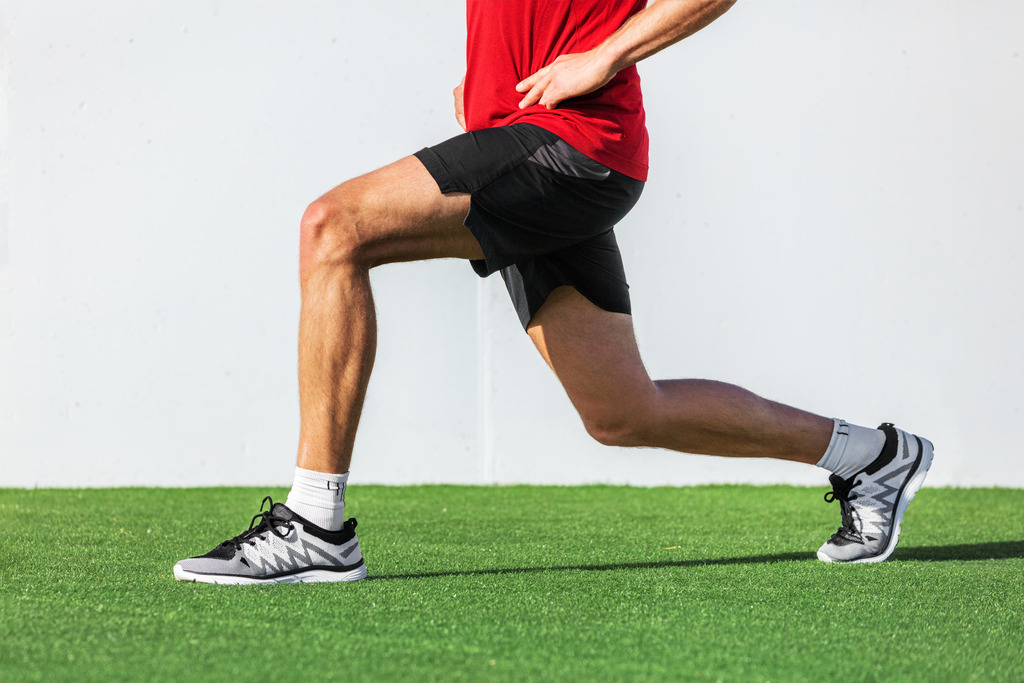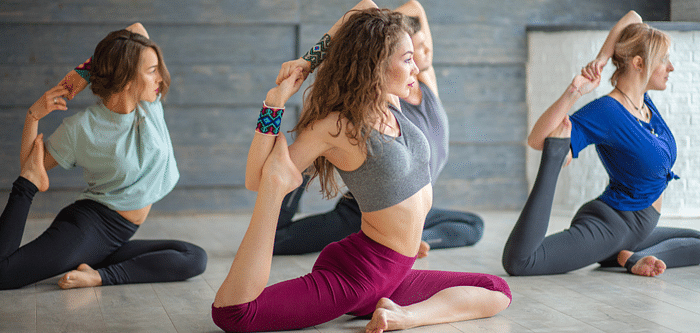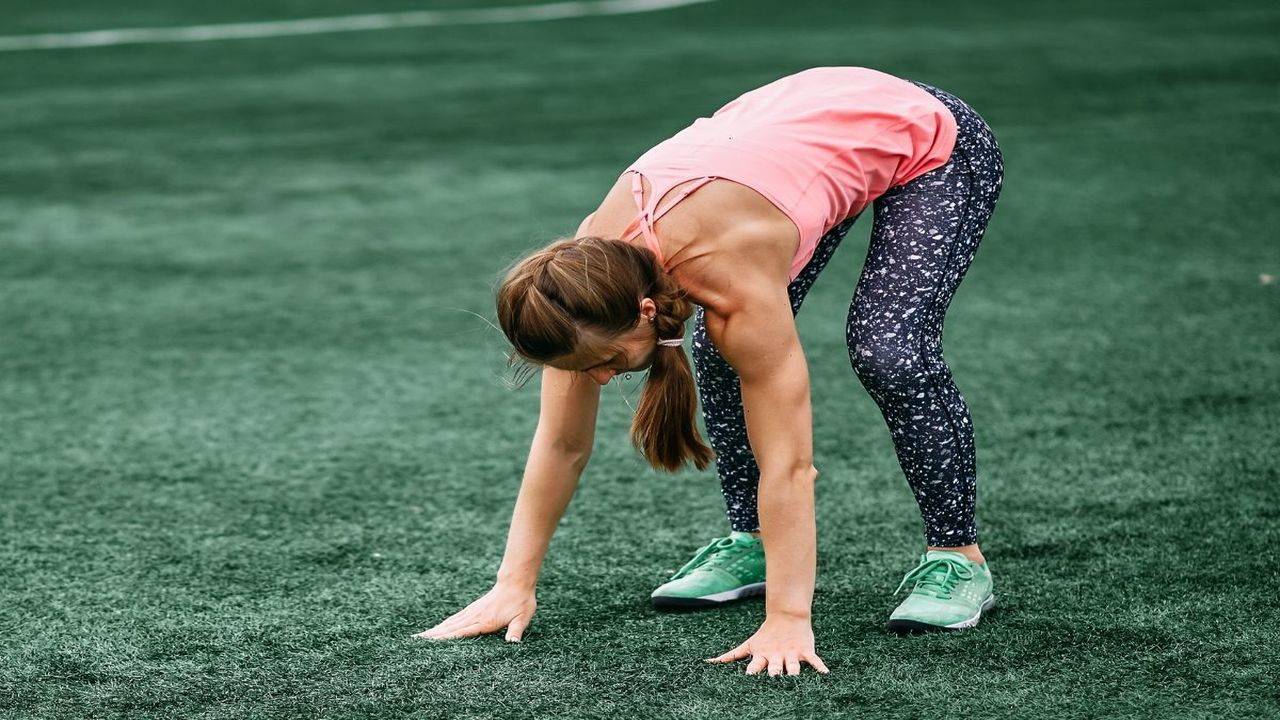Walking lunges look simple, right? Take a step, drop down, repeat. But if you’ve ever felt like your walking lunges aren’t doing much for your legs or glutes, you’re not alone. Many people mess up this move without even knowing it—and end up wasting time, risking knee pain, or worse, staying stuck with noodle legs instead of building that strong, toned lower body.
The good news? Once you spot these sneaky mistakes and fix them, walking lunges can turn into a powerhouse move that hits your quads, glutes, hamstrings, and even your core. So let’s break down the five biggest mistakes people make with walking lunges—and how to nail them for real muscle gains.
1. Taking Tiny Steps
A super common mistake is making your steps too short. If you’re taking baby steps when you lunge, you’re putting more stress on your knees than your muscles. The shorter the step, the more your knee shoots forward past your toes. That loads your joints, not your glutes or hammies.
How to fix it:
When you step forward, aim for a big enough stride that your front knee stays above your ankle when you drop down. Your back knee should bend toward the floor behind you, not under you. A good way to check is to pause at the bottom: your shin should be vertical, not slanted forward.
Longer steps activate your glutes and hamstrings more—hello, booty gains!
2. Letting Your Knee Cave In
Watch your front knee as you lunge. Is it wobbling inward? This is called “knee valgus,” and it’s bad news for your joints. It often means your glutes aren’t firing properly and your hips are weak.
How to fix it:
When you step forward, press your front knee slightly outward in line with your second toe. Keep your foot planted flat—don’t let your arch collapse. If your knee still wobbles, add extra glute work like clamshells or monster walks to strengthen those hip stabilizers.
3. Leaning Too Far Forward
Some people turn walking lunges into a weird bow by leaning way forward at the hips. This dumps the work onto your lower back and takes tension off your legs. Sure, you might still feel a burn, but not where you want it.
How to fix it:
Keep your chest up and shoulders back. Imagine there’s a string pulling the top of your head toward the ceiling. Engage your core to keep your spine neutral. A slight forward lean is normal, but if your face is pointing at the floor—you’re doing too much.
Try this: place your hands on your hips or hold light dumbbells by your sides instead of in front of you. This helps you stay upright and balanced.
4. Rushing Through Your Steps
Walking lunges are not a race. Speeding through them usually turns them into sloppy stomps. You lose control, shorten your range of motion, and don’t fully engage your muscles.
How to fix it:
Slow down. Each step should be deliberate. Lower yourself under control and push through your front heel to stand up. If you can hear your feet slapping the ground, you’re stomping, not lunging. Think “quiet and controlled.” This not only works your legs harder but improves balance too.
5. Letting Your Back Leg Do Nothing
One leg does the lunging, the other just drags behind, right? Not really. Lots of people forget to use their back leg at all—it just follows along for the ride. But done right, your back leg should help stabilize you and drive you forward.
How to fix it:
When you lower down, bend your back knee so it points straight to the floor. Feel the stretch in your back quad and hip flexor. When you push up to the next step, drive off the back foot as well as the front heel. This engages both legs and helps you keep balance.
Extra Tips For Killer Walking Lunges
Okay, now you know what to fix. Here are a few bonus tips to make your lunges really work for you:
Keep Your Core Tight
Walking lunges are secretly an ab move too. Your core keeps you steady and protects your lower back. Brace it like you’re about to get poked in the belly. This keeps your spine neutral.
Use Weights Wisely
Adding dumbbells makes walking lunges harder—if your form is good. Don’t grab heavy weights until you’ve nailed your bodyweight lunges. Start light, keep your shoulders back, and don’t swing the weights.
Try Reverse Lunges If Needed
If walking lunges still feel awkward, try reverse lunges. Stepping back instead of forward is easier on the knees for some people and helps you focus on control. Master these, then level up to walking lunges.
Mind Your Surroundings
This sounds silly, but watch where you’re going. Nothing ruins a good lunge set like crashing into a coffee table or your dog. Make sure you have enough space to move forward safely.
Add Variety For More Gains
Once you get good, mix it up:
- Hold weights overhead for a balance challenge.
- Add a twist at the bottom to hit your obliques.
- Try walking lunges uphill or on a slight incline.
These tweaks hit your muscles in new ways and keep you from getting bored.
How Often Should You Do Them?
Walking lunges hit a lot of muscles, so you don’t need to do them every day. Two to three times a week is enough to see strength and muscle growth—especially if you combine them with squats, deadlifts, or hip thrusts.
Aim for 3-4 sets of 10-15 lunges per leg. Rest for 60 seconds between sets. As you get stronger, add weights or increase the distance.
The Takeaway
Walking lunges can transform your legs and glutes—if you do them right. It’s not just about stepping forward and hoping for the best. Fix these five mistakes, stay patient, and feel each rep working those muscles. With good form, this simple move is all you need to build strength, stability, and a shape you’ll see every time you look in the mirror.
So next time you’re at the gym or in your living room, step big, stand tall, and lunge like you mean it. Your legs will thank you—no more wasted reps!










